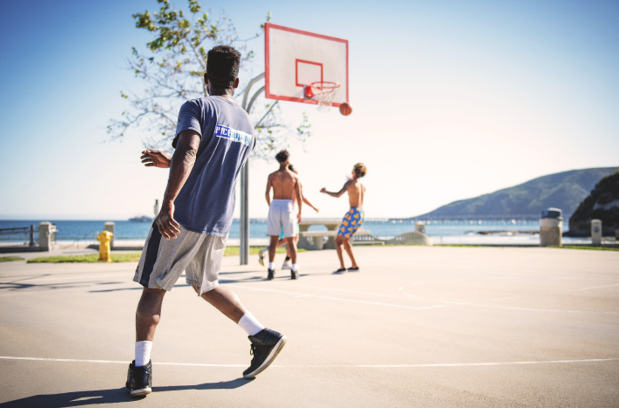There is immense evidence that shows how vital and helpful sport and physical activity can be for educational success. It involves encouraging better academic success, guaranteeing greater inclusion and involvement in the classroom, and improving learners' health and future-readiness. However, it is crucial to note that not all sports inherently result in larger gains. Sport and physical activities must be purposefully created and implemented to achieve educational results. The following are the impacts of sports on the life of learners.
Academic Performance
There is a widespread belief that devoting coursework time to sports and physical activity will have a negative impact on pupils' academic achievement by taking time away from 'essential' subjects. However, evidence shows that engagement in sports and physical activity, both inside and outside of the classroom, improves learners' academic productivity and effectiveness.
Learning
Integrating sport and physical activity into young people's routines has been shown to improve learners' ability to learn and adapt knowledge and skills. According to research, participating in mild to moderate physical activity – particularly in the morning – can significantly and positively impact a student's capacity to acquire knowledge and experience and use organizational, inhibitory, and memory skills.
Attention and Concentration
Regular participation in sports and physical activity is associated with improved concentration levels in the classroom. There are many ways where learners can excel in their schoolwork in addition to getting involved in sports, and one way is the argumentative essay writing service for college. Also, high levels of attention have a favorable impact on academic achievement because they improve a student's capacity to concentrate on, assimilate, and recall knowledge and subject materials.
Cognition and Brain Function
Involvement in physical activity and sport at an early age promotes positive cognitive development in children - building and learning to use the key brain functions of thinking, reading, learning, remembering, reasoning, and problem-solving. Sport and physical exercise positively impact academic performance because they increase blood flow to the brain, increase levels of norepinephrine and endorphins, and increase growth factors that help create new nerve cells and enhance synaptic plasticity.
Physical Health
Incorporating frequent physical exercise into children's habits is related to lower cardiovascular risk from adolescence to adulthood. Physical exercise participation is also associated with lower school alcohol and drug usage.
Mental Health
According to research, kids who engage in sports and physical activity have better mental health than inactive pupils do. Sport and physical activity can impact mental health by instilling feelings of safety, connection, and purpose, which can contribute to improved mood states. Incorporating sports into the classroom can also reduce anxiety, tension, and depression. Physically active individuals tend to have better confidence, self-esteem, and self-worth.
Conclusion
Sports have long been regarded as a means of staying fit and in shape, but their significance extends far further. Sporting activities teach life lessons such as discipline, responsibility, self-confidence, integrity, and collaboration. Exercise has been found in studies to boost blood flow to the brain and help the body generate more connections between nerves, resulting in improved concentration, recollection, imagination, and problem-solving skills. In short, sports help the brain expand and function better.
Authors get paid when people like you upvote their post.
If you enjoyed what you read here, create your account today and start earning FREE STEEM!
If you enjoyed what you read here, create your account today and start earning FREE STEEM!
